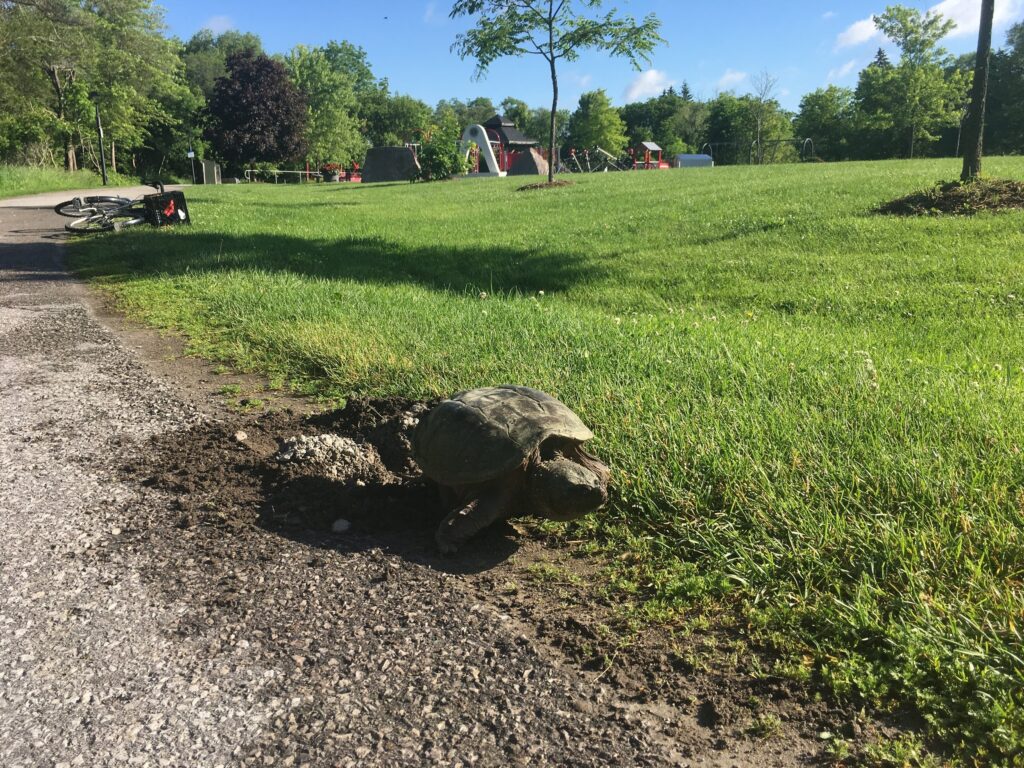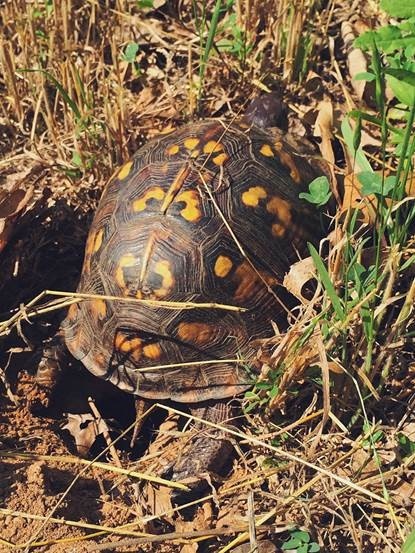Whether you’re a turtle enthusiast or simply interested in supporting local wildlife, creating a comfortable and secure nesting site for female turtles is essential. In this article, you’ll discover practical tips and strategies to provide an optimal environment for these fascinating creatures to lay their eggs. From choosing the right location to ensuring proper temperature and protection, this guide will help you make a difference in the lives of female turtles while promoting their successful reproduction.
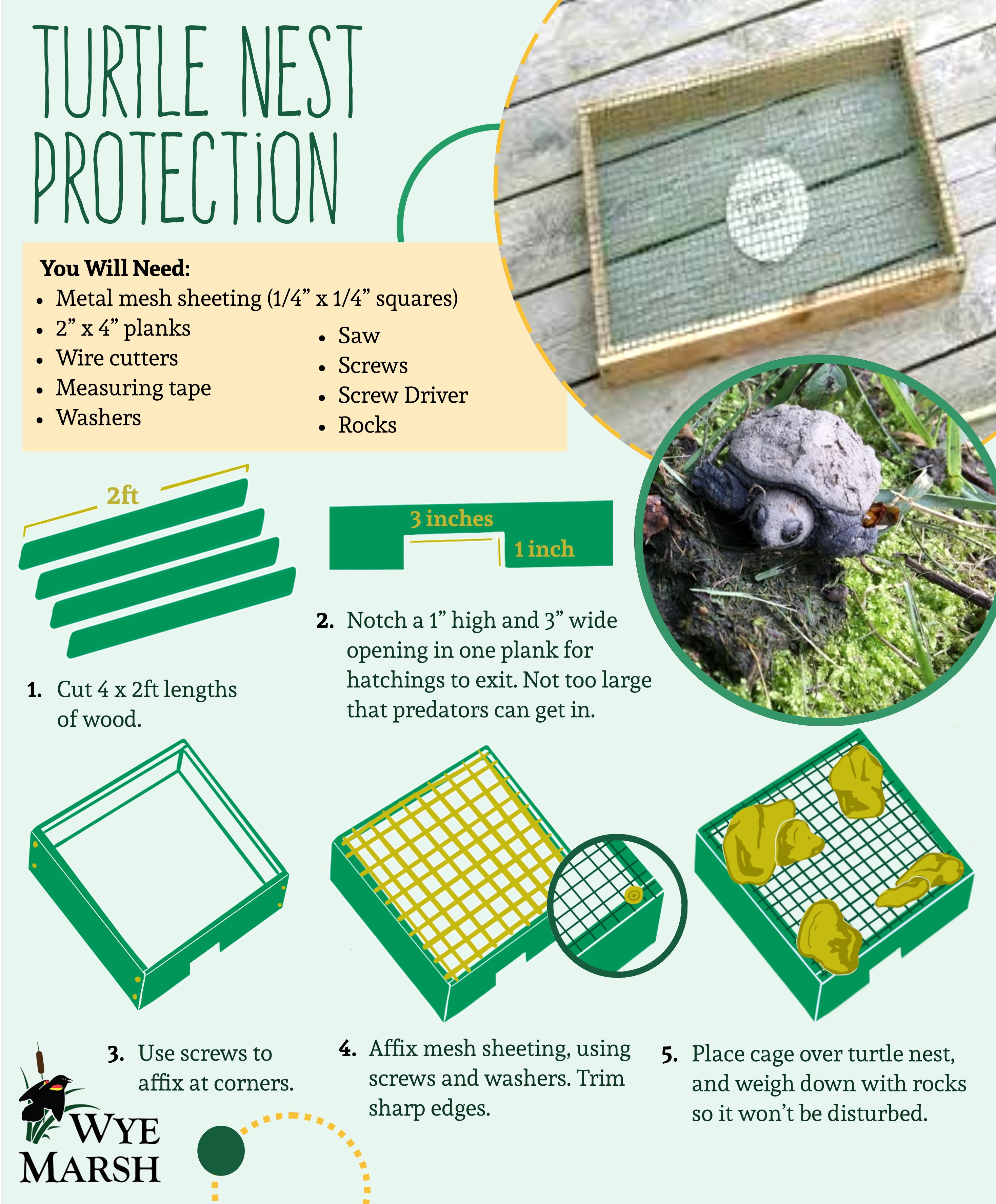
1. Understanding the Needs of Female Turtles
Female turtles have unique nesting requirements that must be understood in order to create a comfortable and secure nesting site. These needs are essential for the survival and reproductive success of these fascinating creatures. By understanding the importance of nesting habitat, preferred nesting conditions, and the factors that affect nest site selection, we can better accommodate and support the needs of female turtles.
1.1 Importance of Nesting Habitat
Nesting habitat plays a crucial role in the reproductive cycle of female turtles. It serves as a safe space for them to lay their eggs, ensuring the survival of the next generation. The choice of nesting site significantly impacts the chances of successful incubation and hatching. As responsible conservationists, it is essential to prioritize the creation of suitable nesting habitats to protect and support these vulnerable creatures.
1.2 Preferred Nesting Conditions
Understanding the preferred nesting conditions of female turtles is vital in creating an ideal nesting site. Turtles often seek out areas with specific characteristics such as abundant sunlight, optimal temperature levels, suitable soil composition, and proximity to water sources. By providing these conditions, we can significantly increase the chances of successful nesting and hatching.
1.3 Factors Affecting Nest Site Selection
Several factors influence the selection of a nest site by female turtles. These factors include temperature, soil moisture, vegetation cover, proximity to potential predators, and disturbance levels. Female turtles carefully evaluate these factors before choosing a suitable nesting location. By considering these factors when creating nesting areas, we can promote the long-term survival and prosperity of these remarkable creatures.
2. Locating the Ideal Nesting Site
To create a comfortable and secure nesting site, locating the ideal location is crucial. By identifying suitable environments, assessing sunlight and temperature levels, evaluating soil composition, and considering proximity to water sources, we can determine the most suitable nesting site for female turtles.
2.1 Identifying Suitable Environments
Female turtles prefer nesting sites in areas with suitable environmental conditions. This includes areas with access to freshwater sources, sandy or loamy soils, and vegetation cover. Beaches, dunes, or open areas near water bodies are often preferred by female turtles for nesting.
2.2 Assessing Sunlight and Temperature Levels
Sunlight and temperature play a crucial role in the incubation process of turtle eggs. It is important to assess the levels of sunlight and temperature in the potential nesting site to ensure optimal conditions for egg incubation. Turtles require sufficient warmth from sunlight to facilitate proper development and hatching of their eggs.
2.3 Evaluating Soil Composition
Soil composition is an essential factor to consider when locating the ideal nesting site. Female turtles typically prefer sandy or loamy soils, which provide the necessary structure for nesting and allow for easy excavation. It is important to evaluate the soil composition in the area to ensure it meets the nesting requirements of female turtles.
2.4 Considering Proximity to Water Sources
Proximity to water sources is another important consideration when locating a nesting site for female turtles. Turtles need access to water for hydration and to maintain moisture levels in the nesting site. By choosing a location close to a water source, we can ensure that female turtles have easy access to the water they need during the nesting process.
3. Creating a Safe and Comfortable Nesting Area
Once the ideal nesting site has been identified, it is important to create a safe and comfortable nesting area for female turtles. This involves clearing debris and vegetation, providing sufficient privacy, ensuring proper drainage, maintaining optimal temperature levels, and offering soft substrate materials.
3.1 Clearing Debris and Vegetation
Before creating a nesting area, it is crucial to clear away any debris or vegetation that may hinder the nesting process. Fallen branches, leaves, and other obstacles should be removed to provide a clean area for nesting. This ensures that the nesting site remains undisturbed and allows for easy access for female turtles.
3.2 Providing Sufficient Privacy
Female turtles require privacy and seclusion during the nesting process. By providing a nesting area that is secluded and away from high human or predator activity, we can ensure that the turtles feel safe and secure while laying their eggs. This can be achieved through the strategic placement of vegetation or fencing.
3.3 Ensuring Proper Drainage
Proper drainage is vital for the success of the nesting area. Excess water or poor drainage can lead to the drowning of eggs or the development of unhealthy conditions for incubation. Ensuring that the nesting site has adequate drainage will help prevent these issues and provide a suitable environment for nesting turtles.
3.4 Maintaining Optimal Temperature
Maintaining optimal temperature levels is crucial for the successful incubation of turtle eggs. Monitoring and regulating the temperature in the nesting area can be achieved through the positioning of the nest in relation to sunlight and the use of shade structures. This will create a favorable environment for the eggs to develop and hatch.
3.5 Offering Soft Substrate Materials
Soft substrate materials, such as sand or soil, are important for nesting turtles. These materials allow the turtles to dig proper nesting cavities and facilitate the natural development of the eggs. By providing a nesting area with soft substrate materials, we can ensure the comfort and well-being of female turtles during the nesting process.
4. Implementing Protective Measures
Creating a comfortable and secure nesting site also involves implementing protective measures to minimize potential threats to the nesting turtles. These measures may include installing predator barriers, utilizing fencing or enclosures, securing nesting sites from human disturbance, and addressing challenges from predatory animals.
4.1 Installing Predator Barriers
Predator barriers are essential in protecting nesting sites from potential threats. These barriers can be physical or natural deterrents that prevent predators, such as raccoons or foxes, from accessing the nesting area. By installing predator barriers, we can significantly reduce the risk of predation on turtle nests.
4.2 Utilizing Fencing or Enclosures
Fencing or enclosures are effective tools for protecting nesting sites from larger predators or human disturbance. These structures can be used to create a perimeter around the nesting area, preventing unauthorized access. By utilizing fencing or enclosures, we can ensure the safety and security of the nesting turtles.
4.3 Securing Nesting Sites from Human Disturbance
Human disturbance can greatly impact the success of nesting sites. It is important to secure nesting areas from human interference, including foot traffic, littering, or other disruptive activities. By raising awareness and implementing measures such as signage or designated pathways, we can minimize human disturbance and promote a safe nesting environment.
4.4 Addressing Challenges from Predatory Animals
Predatory animals pose a significant threat to nesting turtles. It is important to address these challenges by implementing strategies such as habitat management, relocation of predators, or non-lethal deterrents. By actively managing the presence of predatory animals in the vicinity of nesting sites, we can enhance the safety and security of the nesting area.
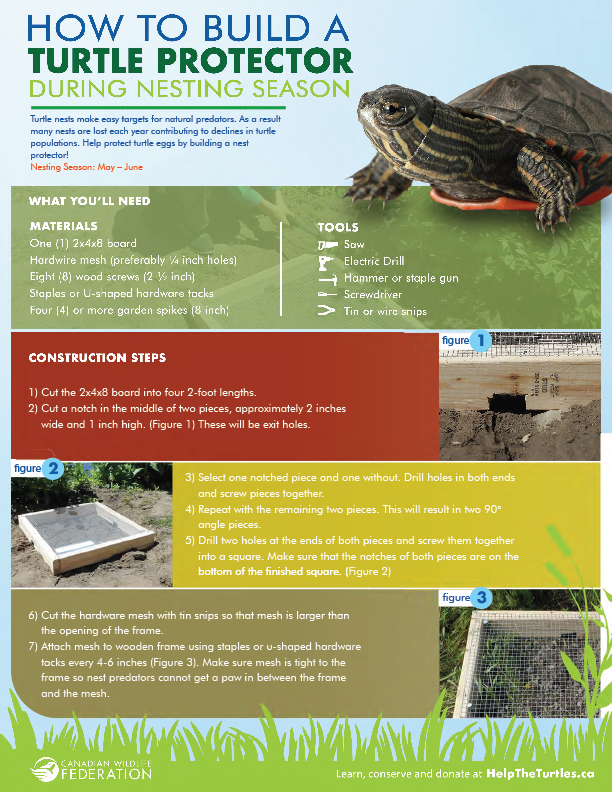
5. Monitoring and Maintaining the Nesting Site
Once the nesting site has been established, it is crucial to regularly monitor and maintain the site to ensure its continued functionality. This involves regularly checking nesting areas, assessing conditions for nest success, removing invasive plant species, and repairing or reinforcing protective measures.
5.1 Regularly Checking Nesting Areas
Regularly checking the nesting areas is important to monitor the nesting activity, evaluate the condition of the nests, and identify any potential issues or threats. By conducting routine checks, we can promptly address problems and ensure the optimal conditions for nesting turtles.
5.2 Assessing Conditions for Nest Success
Assessing the conditions for nest success involves monitoring the environmental factors that influence the incubation and hatching process. This includes monitoring temperature levels, substrate moisture, and potential threats. By regularly assessing these conditions, we can make any necessary adjustments to maintain optimal conditions for successful nesting.
5.3 Removing Invasive Plant Species
Invasive plant species can pose a threat to nesting turtles by altering the natural habitat or competing for resources. Regularly removing invasive plant species from the nesting area is essential to maintain the integrity of the habitat and promote the well-being of the nesting turtles.
5.4 Repairing or Reinforcing Protective Measures
Protective measures, such as predator barriers or fencing, may require occasional repairs or reinforcement to ensure their effectiveness. Regular inspections of these measures will help identify any damage or wear and tear that needs to be addressed. By promptly repairing or reinforcing these measures, we can continue to provide a secure nesting environment for female turtles.
6. Engaging in Habitat Restoration
Habitat restoration is a crucial aspect of supporting turtle conservation efforts. By understanding the importance of habitat restoration, participating in conservation efforts, enhancing nesting sites through planting, and educating others, we can contribute to the long-term well-being of these incredible creatures.
6.1 Understanding the Importance of Restoration
Habitat restoration is essential for the preservation and improvement of turtle nesting sites. It involves restoring natural habitats, improving ecological functions, and enhancing biodiversity. Understanding the significance of habitat restoration will further emphasize the importance of creating comfortable and secure nesting sites for female turtles.
6.2 Participating in Conservation Efforts
Participating in conservation efforts is an impactful way to support turtle species and their nesting habitats. This can involve volunteering for local wildlife organizations, participating in beach clean-ups, or engaging in habitat restoration projects. By actively contributing to conservation efforts, we can create a positive impact on the preservation of turtle nesting environments.
6.3 Enhancing Nesting Sites through Planting
Enhancing nesting sites through planting native vegetation can provide several benefits for nesting turtles. Native plants offer food sources, shade, and cover for nesting turtles, creating a more suitable environment for successful nesting. By planting native species, we can improve the quality and functionality of nesting areas.
6.4 Educating and Spreading Awareness
Education and awareness play a critical role in protecting turtle nesting sites. By educating others about the importance of creating comfortable and secure nesting sites, the threats facing nesting turtles, and the ways individuals can contribute to conservation efforts, we can inspire positive change and promote a culture of stewardship towards these valuable habitats.
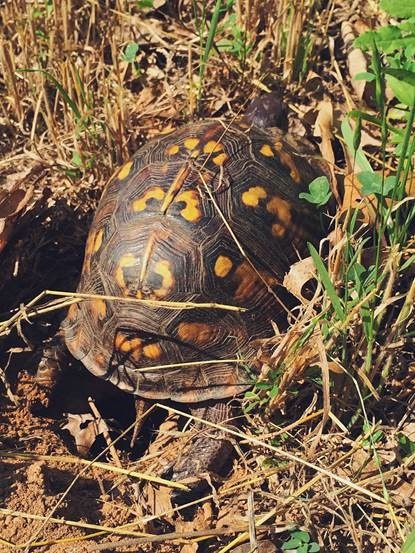
7. Collaboration and Partnerships
Collaboration and partnerships are key in promoting effective turtle conservation and the creation of comfortable and secure nesting sites. By working with local wildlife organizations, seeking expert advice and guidance, and fostering collective efforts, we can establish a strong network of support and expertise to protect and enhance turtle nesting habitats.
7.1 Working with Local Wildlife Organizations
Local wildlife organizations are valuable allies in the conservation of turtles and their nesting sites. By collaborating with these organizations, we can access resources, knowledge, and expertise that will contribute to the successful creation and maintenance of ideal nesting areas.
7.2 Seeking Expert Advice and Guidance
Seeking expert advice and guidance is crucial when developing nesting areas and implementing conservation strategies. Experts, such as biologists or conservationists specializing in turtle conservation, can provide valuable insights and recommendations based on scientific research and experience. By consulting with experts, we can ensure that our efforts align with best practices and maximize their effectiveness.
8. Legal Considerations
When creating nesting sites for female turtles, it is important to be aware of and comply with relevant wildlife protection laws. Familiarizing oneself with these laws, obtaining any necessary permits, and ensuring compliance and reporting are key in maintaining legal and ethical practices.
8.1 Familiarizing with Wildlife Protection Laws
Wildlife protection laws vary by region, and it is important to familiarize oneself with the specific laws and regulations in the area where the nesting site is located. Understanding these laws will help ensure that all activities related to the creation and maintenance of the nesting site align with legal requirements.
8.2 Obtaining Required Permits
Some jurisdictions may require permits for activities related to turtle nesting site creation and conservation. It is essential to research and follow the necessary permitting processes to ensure compliance with legal requirements. Obtaining the required permits will help facilitate legal and ethical practices in supporting turtle nesting environments.
8.3 Ensuring Compliance and Reporting
Compliance with wildlife protection laws and regulations is essential for responsible conservation practices. Additionally, it is important to report any observations or findings related to turtle nesting activities or threats to local authorities or relevant wildlife organizations. By complying with reporting requirements, we can contribute to the monitoring and management of turtle nesting sites effectively.
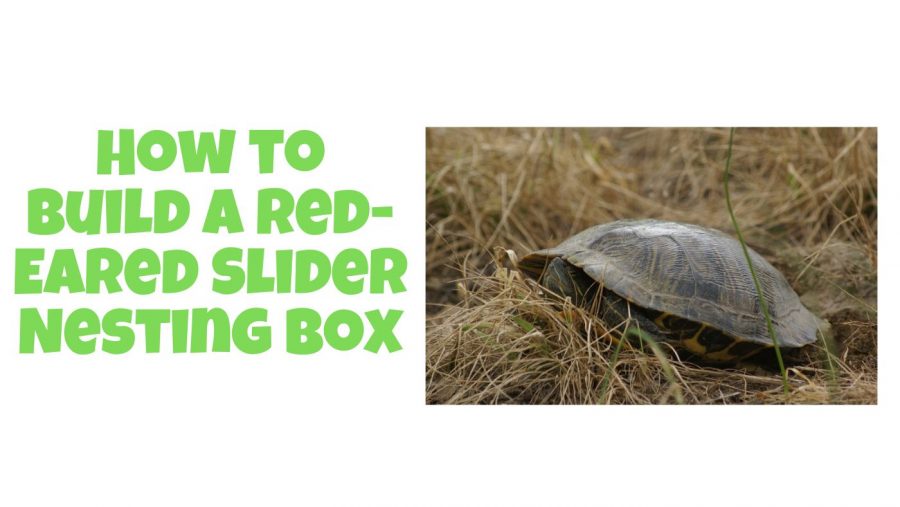
9. Adaptive Management
Adaptive management is a dynamic approach that involves monitoring success and failure, modifying practices based on results, and incorporating feedback and research findings. By adopting this approach, we can continuously improve and refine our efforts to create comfortable and secure nesting sites for female turtles.
9.1 Monitoring Success and Failure
Monitoring the success and failure of turtle nesting sites is essential to assess the effectiveness of our conservation efforts. This involves tracking nesting activity, evaluating hatchling success rates, and monitoring changes in nesting site conditions. By collecting and analyzing data, we can identify areas for improvement and make informed decisions to enhance the nesting site’s functionality.
9.2 Modifying Practices Based on Results
Based on the results of monitoring efforts, it is important to modify practices and strategies as needed. This may involve adjusting protective measures, altering habitat management practices, or making changes to the nesting site design. By adapting our practices based on results, we can optimize the conditions for successful nesting and hatchling survival.
9.3 Incorporating Feedback and Research Findings
Incorporating feedback and research findings from experts and the scientific community is crucial for continuous improvement. Staying updated with the latest research, engaging in discussions with experts, and actively seeking feedback from stakeholders will help refine our practices and ensure that our efforts align with the most up-to-date knowledge and best practices.
10. Conclusion
Creating a comfortable and secure nesting site for female turtles is essential for their survival and reproductive success. By understanding the needs of female turtles, locating the ideal nesting site, creating a safe and comfortable nesting area, implementing protective measures, monitoring and maintaining the nesting site, engaging in habitat restoration, collaborating with partners, considering legal considerations, adopting adaptive management practices, and actively supporting turtle conservation efforts, we can contribute to the preservation of these remarkable creatures. Let us prioritize the creation of comfortable and secure nesting sites and encourage others to join us in protecting and supporting turtle populations around the world. Together, we can make a significant difference in the future of female turtles and their nesting habitats.
